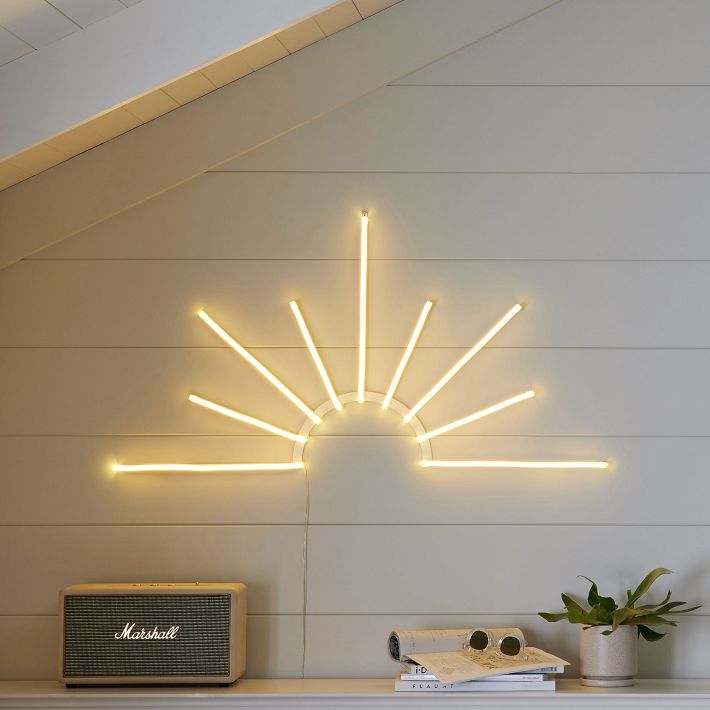Optimizing Output and Durability By Implementing Optimal Thermal Control in Digital Display Assemblies
Wiki Article
LED wall screens remain more and more popular in various sectors, including marketing, media, and also home design. Modern panels deliver vivid, vibrant presentations that can attract interest and elevate aesthetic impressions. However, one key aspect of preserving their effectiveness and durability is effective thermal dissipation. When luminescent panels operate, they emit heat. When this excess temperature is not managed appropriately, it can lead to lowered illumination, hue precision, and even a reduced lifespan for the units. Therefore, knowing how to properly control heat is essential for enhancing the functionality of LED panel modules.

Temperature management in LED applications refers to the techniques used to handle and lower the unwanted heat generated during function. One frequent technique employs materials with strong thermal conductivity, such as aluminium or copper. These components can rapidly dissipate temperature out of the luminescent elements, ensuring the system temperature within a acceptable range. In addition, the engineering of LED displays holds a significant function in heat control. Panels that integrate thermal sinks or ventilation systems permit heated air to exit while circulating cold airflow, thereby aiding in heat management.
Another important element click for info in effective thermal management is appropriate mounting and placement of Light Emitting Diode modules. Guaranteeing that there is adequate clearance near the screens allows for improved ventilation, which assists in regulate them down. It is also important to refrain from positioning LED screens in sealed environments where heat can become contained. Instead, they should be set up in environments with good airflow to promote efficient cooling. Professionals often advise placing luminescent units not near direct sunlight or other thermal emitters to avoid excessive heat.
Consistent maintenance of Light Emitting Diode wall panels is also important for achieving efficient temperature dissipation. Dust and contaminants can build up on the exterior of the screens and throughout their parts over time. This accumulation can restrict ventilation and reduce the system’s ability to cool effectively. Wiping the exteriors routinely and making sure that any interior components are free from blockages will support sustain peak operation conditions. Furthermore, monitoring for any signs of wear or damage can assist in mitigating overheating problems before they become serious problems.
In conclusion, effective heat dissipation is vital for maximizing both the performance and longevity of luminescent wall panels. By using materials with high thermal conductivity, ensuring proper installation and arrangement, and carrying out consistent servicing, operators can substantially elevate their luminescent usage. Understanding these principles not only helps in preserving the standard of led video wall display the displays but also contributes to energy savings and sustainability in lighting solutions. As technology continues to advance, focusing on heat dissipation will stay an important component of deploying Light Emitting Diode displays to their full capability.